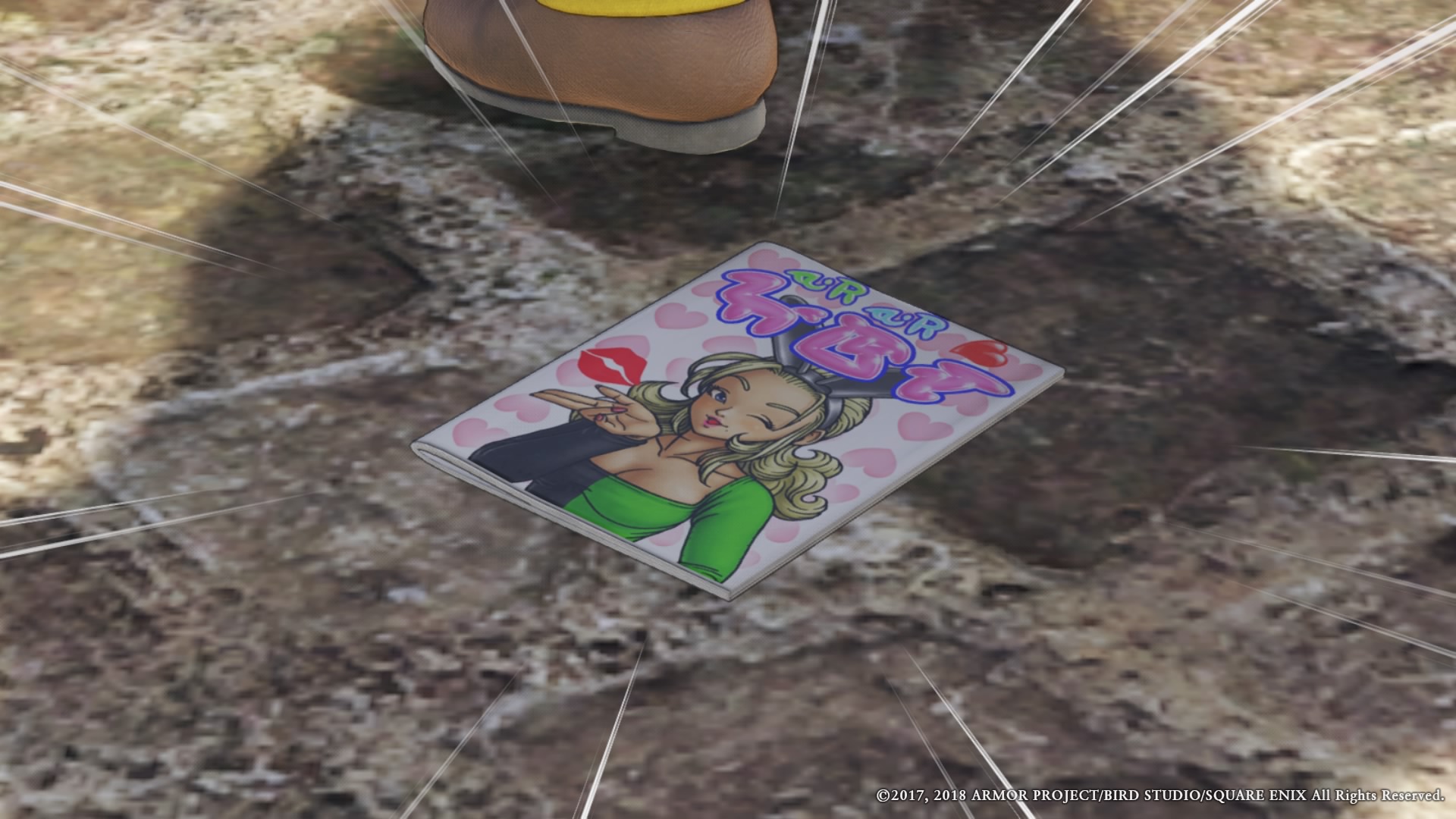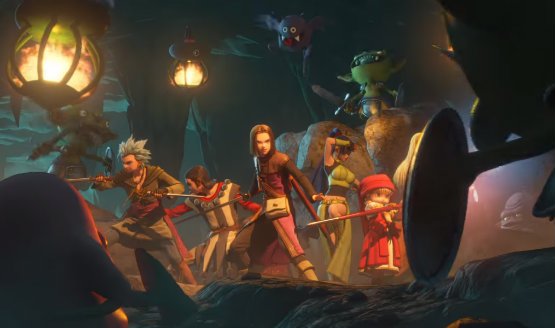There is perhaps no relationship more consistent, more necessary, than that of Dragon Quest and Akira Toriyama‘s Bird Studio. Bird Studio is the artistic force behind nearly every game in the series, and literally every core, numbered entry. That’s now eleven games, over the course of 30 years. From the original Dragon Quest in the mid-80s, to the debuting Dragon Quest XI: Echoes of an Elusive Age, the spirit of what makes these games identifiable as Dragon Quest lives in Toriyama’s art—arguably more so than Yuji Horii’s scenarios. As such it’s hard not to consider completely unrelated games, like Chrono Trigger or even Blue Dragon part of the family.
As the years and decades have passed, Dragon Quest‘s reputation has largely rested on a perceived stubbornness, the idea that these games deliberately cling to the past and wallow in fans’ nostalgic attachment to the tinny sounds, turn-based battles, and near-endless EXP grinding. I could sit here and argue about systems and nuts and bolts under the hood, dozens of spinoffs and unique ideas pushed forward by all things Dragon Quest. But I could also point to the heart of the series, the thing about it that sets it apart from everything else in the JRPG space around it, the games that are all still trying to keep up: the wildlife. The monsters of Dragon Quest capture what makes these games special, their droll, dopey charisma dragging along what are collections of simple stories and human challenges far less ambitious or self-serving than the metaphysical drama of Final Fantasy or the gritty misanthropy of Shin Megami Tensei. There’s no better way to see how far things have come than to look at Toriyama’s art, and how artists, sound designers, animators, and more have struggled to capture that intense energy in video game form to this day. With 2018’s Dragon Quest XI, not only has the gap been bridged more closely than ever, but it has been expanded in ways drawn images simply cannot, by bringing these fantastical creatures to life.
This feature doesn’t present interviews, inside access, design documents, or any of the stuff you’d expect to see in an art book or pack-in supplemental materials. I’m no Frank Cifaldi. What we’re doing here is taking a look at the history of Dragon Quest, looking back at the different technological eras housing the core (numbered) entries in the series and using the powers of my own observations to go on this journey. I’d like to think I’m relatively qualified in this space, and used some of my own materials to capture some visual representation of my ideas. Here’s this, for example:
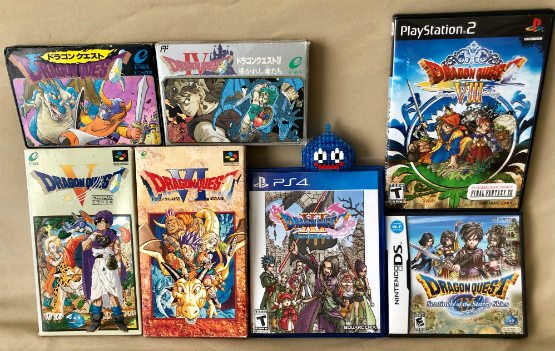
There’s more where that came from, but when you’re using an iPhone and a sheet to pretend you’re capable of photography on any level, you kinda need to hold back some. But in this group of classic games live hundreds of monsters, many of which are repeated and iterated through each new game, with of course plenty of new additions as the Roman numerals grow larger. And while it’s not a revelation to note that with technology improving comes artistic ambition and new techniques, I think it’s valuable to track these changes, to try and get in the heads of the people who made this stuff, and look back on the history that got us where we are today. As we move closer to the present day, we see that drive to make things better, make these monsters seem more like real, living creatures, seep outside the combat encounters and into the world of the games on a greater level. It’s cool stuff, and I’m glad that Dragon Quest XI succeeds to such an extent it inspired me to think about this trajectory in the first place. Let’s get started.
A Slime Draws Near! The 8-Bit Eighties
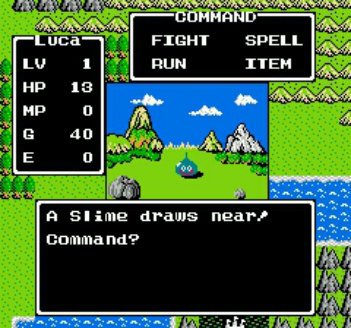
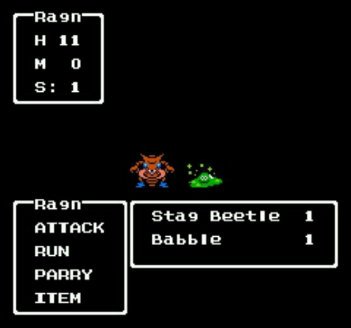
Going back to the Famicom/NES originals is both surprising and unsurprising depending on how you look at them. Of course the sprites are small and simple. These games are old and creaky, full of technological roadblocks. Satoru Iwata infamously polished up the first Dragon Quest before it headed west, starting a tradition of major changes between releases that continues to this day. There’s only so much space here to recreate Toriyama’s notoriously detailed and lively art, and the efforts here are meaningful. The infamous slimes are just as goofy and adorable here as they are anywhere else, with their toothless grins and googly eyes betraying their sometimes lethal danger (those bubble slimes are no joke). The battle scene in the original Dragon Quest is impressive, with the overlay and actual background details something you wouldn’t expect from a NES game, until you remember you only ever have one character versus one enemy in that game. Once there’s more for the game to track, you see the fun details go away in favor of the more familiar empty spaces. In Dragon Quest IV, it’s all black, save for the colorful monsters, which was perhaps instrumental in launching millions of dollars in merchandise.
From Nintendo to PlayStation, Enix Finds Its Heartbeat (and Kills It)
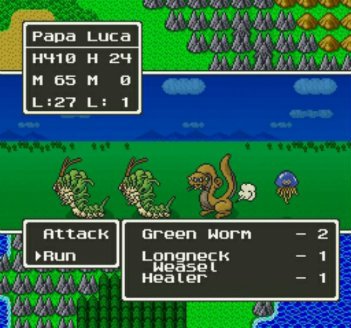

As we know, the 1990s were an explosive time of growth for technology, and we saw it happen in huge ways in video games. The SNES was capable of things that would change how the world saw RPGs forever, and the PlayStation and Nintendo 64 introduced 3D visuals, a blessing or curse depending upon whom you ask. Dragon Quest would merely dip its toe in the waters when it came to 3D, but that doesn’t mean the series didn’t see significant leaps forward from the solid colors and overall simplicity of the Famicom era. Chunsoft would develop one last core Dragon Quest here, with the fifth entry making its debut in 1992 and starting an unfortunate trend in Japan-only releases. The early Super Famicom era was not a time of ambition, as we see here and in other games at the time (Final Fantasy IV). But while the visuals were still small and simple, the depth of color and content exploded. Not only does Dragon Quest V remain one of the most renowned games in the series for its storytelling chops, but it also took the presence of the monsters to a new level. Years before Pokemon was ever a thing, one could recruit certain monsters to their party as permanent companions to use in battle alongside the human characters. This was huge, and not only added new depth to the game, but solidified the monsters in Dragon Quest as valued characters, and not just EXP fodder.
The next two Dragon Quest titles would move on to Heartbeat, a developer that only ever made four Dragon Quest games in its lifetime. Two of them were remakes, bringing Dragon Quest III to the Super Famicom and Dragon Quest IV to the PlayStation. But let’s move on to 1995’s Dragon Quest VI, which existed in a post-Chrono Trigger world. Chrono Trigger was a miraculous release, combining the creative worlds of Final Fantasy and Dragon Quest into something people still struggle to recreate. Heartbeat had to follow that up, and it sure did try with everything it had, taking extra time to develop it and pushing the Super Famicom cart storage to its absolute limits. Legend states a localization was impossible at the time. Visual fidelity was the star of the show, and here is where animations were introduced to the series in a big way. Not only was the world of Dragon Quest a bit more lively, but the monsters themselves sprung into action the moment they attacked—no doubt shocking the fans in that first battle. This would only be expanded in Heartbeat’s Dragon Quest VII, a notorious entry that is not only the longest JRPG in creation, but unfortunately led to the closure of Heartbeat due to not having the resources demanded for the kind of work it was doing. Even with a polygon-based environment, the sheer volume of sprite animation contained in that game wasn’t sustainable to staying afloat, no matter how successful the series was and is. This would be the last core Dragon Quest game to feature high fidelity sprite graphics.
The Pocket Dimension

Dragon Quest VIII landed on the PlayStation 2 in dramatic fashion, making the fully three-dimensional debut for the series and moving development over to Level-5, a renowned developer that has gone on to make games such as Professor Layton, Yo-Kai Watch, and of course Ni no Kuni. Dragon Quest VIII made a huge splash in the west, with a Final Fantasy XII demo orchestrated music and voice acting added for the localized version. While Journey of the Cursed King was a huge game and a reinvention of what a Dragon Quest looks like, it was almost less impressive in terms of monsters. Unlike many other games in the series, Dragon Quest VIII had more of a focus on the human characters, making the plot more centered around the main party and showing them off more during combat. This made the monsters feel more like a means to an end again, with the detail-oriented sprite animations from before replaced with more simple, bouncy 3D animation. It was awesome to see the creatures bigger and brighter than ever, but in battle, it’s hard not to have rose-tinted glasses.
That said, with bigger worlds came bigger spaces to fill, and more to do within those spaces. The monster-raising stuff from Dragon Quest V came back in the form of the monster arena, an entire side mode dedicated to utilizing monsters in earning special items you could only get from dedicating time to this new system. Much of the world of Dragon Quest would also be fleshed out in having bigger towns and more space for design, and you would see the monsters incorporated into things like signage, establishing that while monsters are dangerous, their inherent charm is not lost of the general populace.
Despite the PS2 boom period, things got weird in video games after the move to HD. Budgets skyrocketed, and Japanese games often struggled to find footing in the west unless they weren’t already part of a huge IP like a Final Fantasy or a Devil May Cry, for example. JRPGs in general suffered, as localization costs paired with the cost of HD assets made them far more risky to push on consoles, leading to more visual novel hybrid fare like Hyperdimension Neptunia and Disgaea taking off in niche markets. Meanwhile, many RPG series that were once console giants made the move to handhelds, including Dragon Quest.
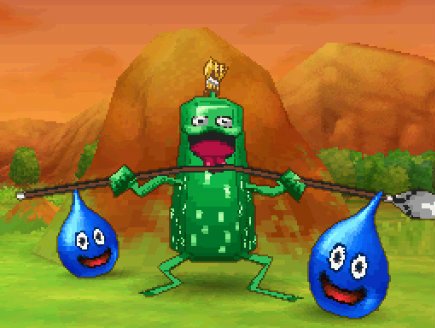
Dragon Quest would come to roost on the DS, with several remakes of older titles based on the visual style of Dragon Quest VII, and a new entry in Dragon Quest IX, a huge departure in terms of core gameplay. This one is somewhat inspired by Dragon Quest III, with a huge emphasis on the vocation (job) system, but with a multiplayer component that would allow four players to play Dragon Quest together. In terms of visual design, being a 3D game on the Nintendo DS meant it’s pretty ugly overall. However, this would also be the first game to opt for the popular alternative to random battles introduced back in the Chrono Trigger days. While combat still takes place in “battle space,” monsters roam the map and either chase you or run away based on the party’s strength. This is the beginning of a thread that seems to be the standard for the series now for one (appearing in 3DS remakes/ports for VII and VIII), as well as the next major step to our conclusion here.
The Sights and Sounds of the Modern, Elusive Age
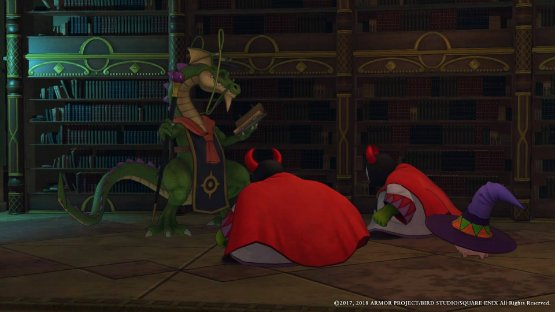
I took the above screenshot with Dragon Quest XI‘s first-person mode. It’s not a cutscene, just a random corner in one of the game’s many dungeon-like areas. It’s a Professaurus, a dragon of scholarly pursuits, reading a book to a group of less studied creatures. Things like this just happen in the world as you’re running around. The monsters aren’t just spawning on the map so you can choose whether or not to bash them with your sword (you can totally still do that, though). They occupy space, in more ways than one. Gags like these are plenty (there’s another great one in which She Slimes will crowd around Bongo Drongos as they bang on their sentient drums), but monsters also physically exist in Dragon Quest XI like never before. They make sounds, for one!
In previous games they’d bounce around and stuff, and weapons made impact sounds and they sort of “poof” when the die (they still do), but now there’s actual monster noise in the middle of combat. That includes monsters that have weapons or other items on hand, which will jingle, clatter, or in the case of creatures like Bongo Drongos, make music. When they die, their models will collide and interact with the world geometry. Instead of just bouncing and disappearing like separate, 3D objects hovering over the ground, monsters will collapse and collide with uneven terrain, such as a stump-like creature that will fall over and slide until its flat head is settled evenly.
All of this without even mentioning the distance we’ve covered in visual fidelity, in moving from the Nintendo handhelds to the PlayStation 4. Unreal Engine 4 is utilized to a great extent, making the monsters look like real creatures (as much as they can being Toriyama creations), with a sheen to their skin and texture to their fur and feathers. They animate fluidly, with slithering, coiling snake monsters, grinning ghosts, and drooling zombies to name a few.
We’ve come a long way, both in the length of this dang article and the enormous history of Dragon Quest. I hope I’ve successfully demonstrated, in a way, one of the biggest reasons why this series speaks to me so much. It’s oozing with heart and creativity, and has been since the bleeps and bloops of the Famicom in 1985, so says the date on the back of my Dragon Warrior cart. These creatures, which came from the mind of an artist who never needed to put this kind of effort in, all have a sense of individuality and presence that few other RPGs can match. Even the littlest grunts have made such an impression that the slime rivals Pikachu in terms of mascot power, at least in Japan. It’s still a work of progress in the west, and I truly hope that Dragon Quest XI is the one that does it, the golden ticket that cements the series as the standout adventure it deserves to be seen as.
Essential Reading:
- 10 Dragon Quest XI Tips for Aspiring Adventurers
- Dragon Quest XI – Everything You Need to Know
- Dragon Quest XI: Echoes of an Elusive Age Review – Oh, the Goomanity
Dragon Quest XI Review
-
Dragon Quest XI Review #1
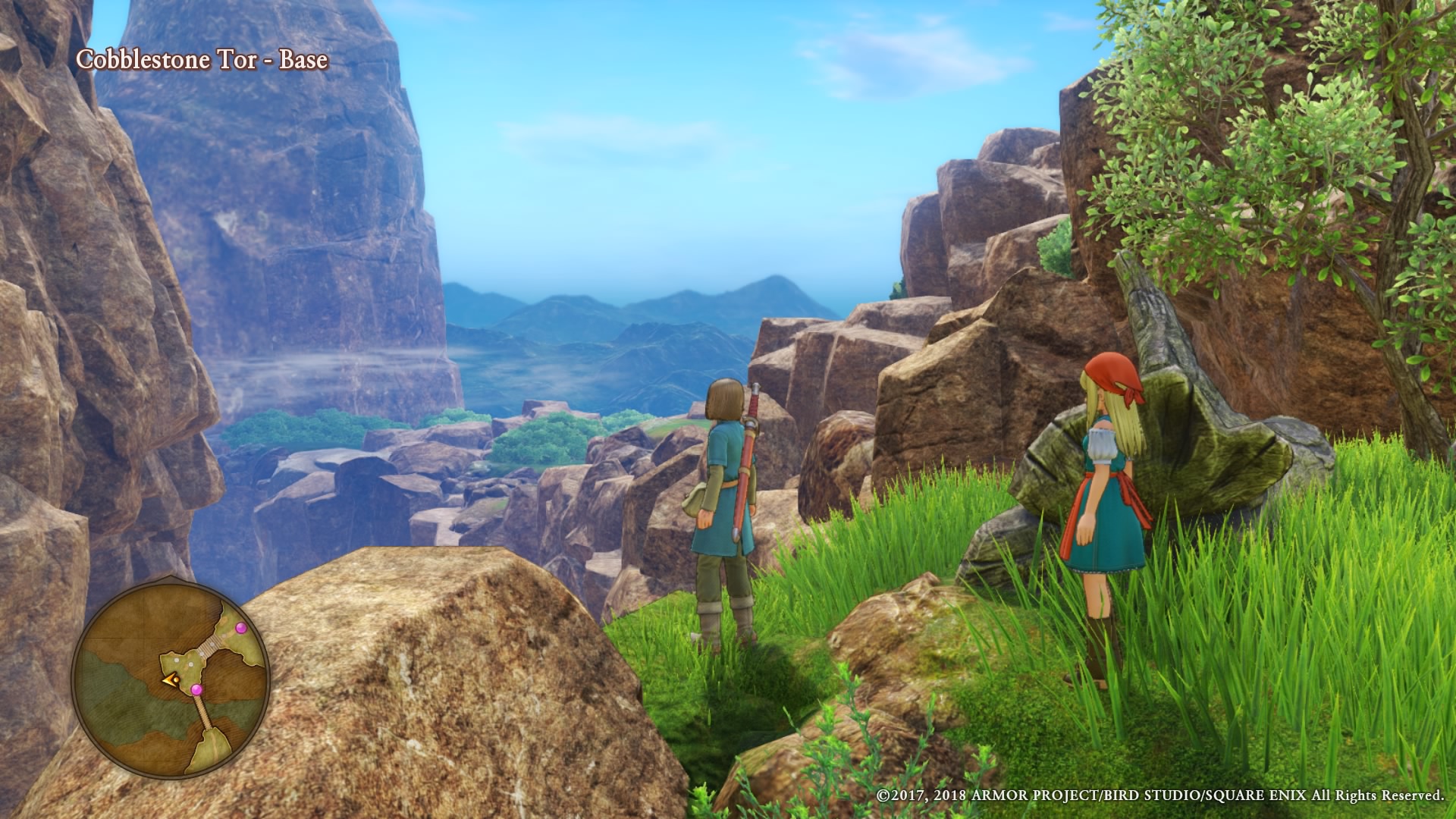
-
Dragon Quest XI Review #2
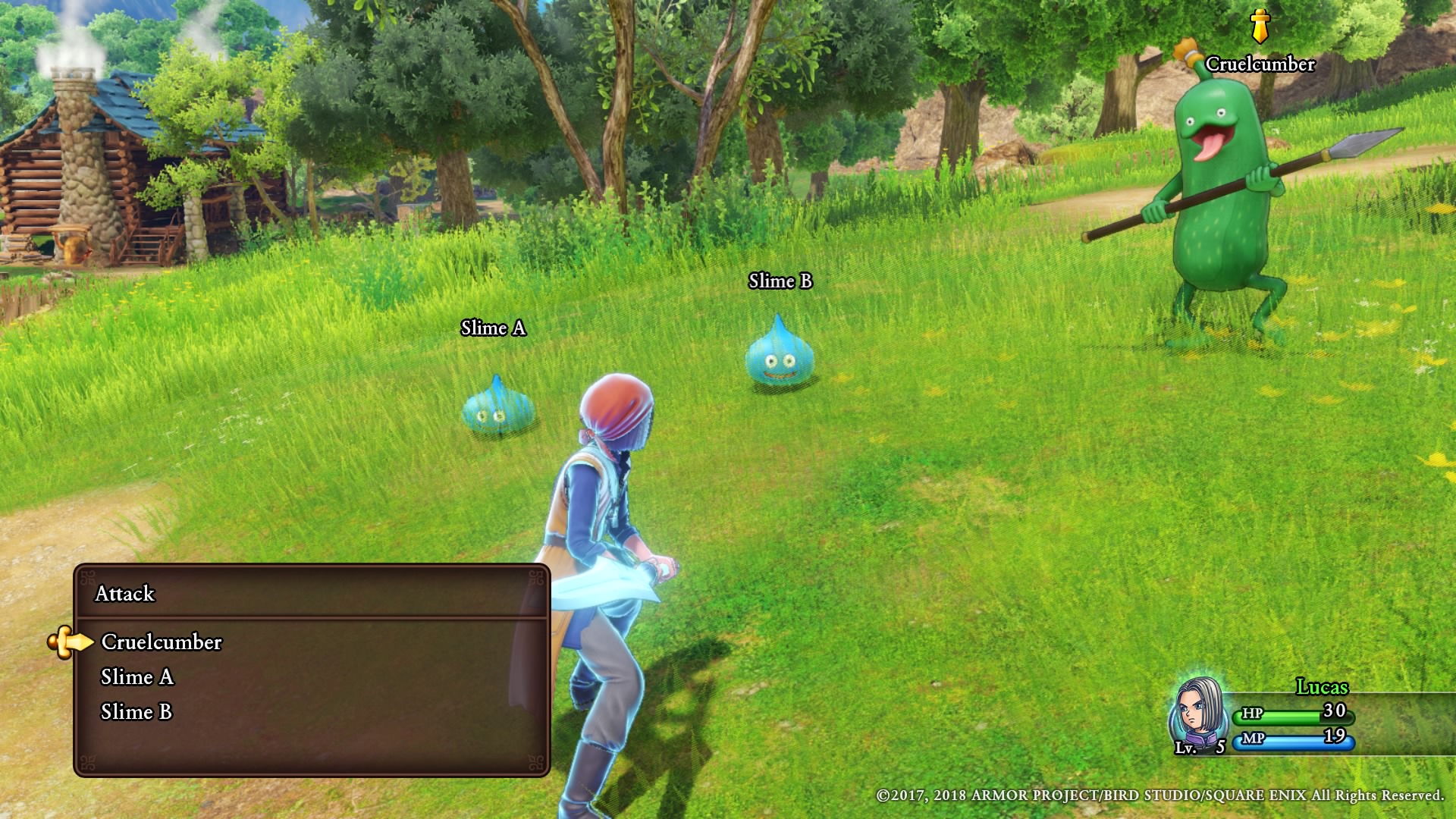
-
Dragon Quest XI Review #3

-
Dragon Quest XI Review #4
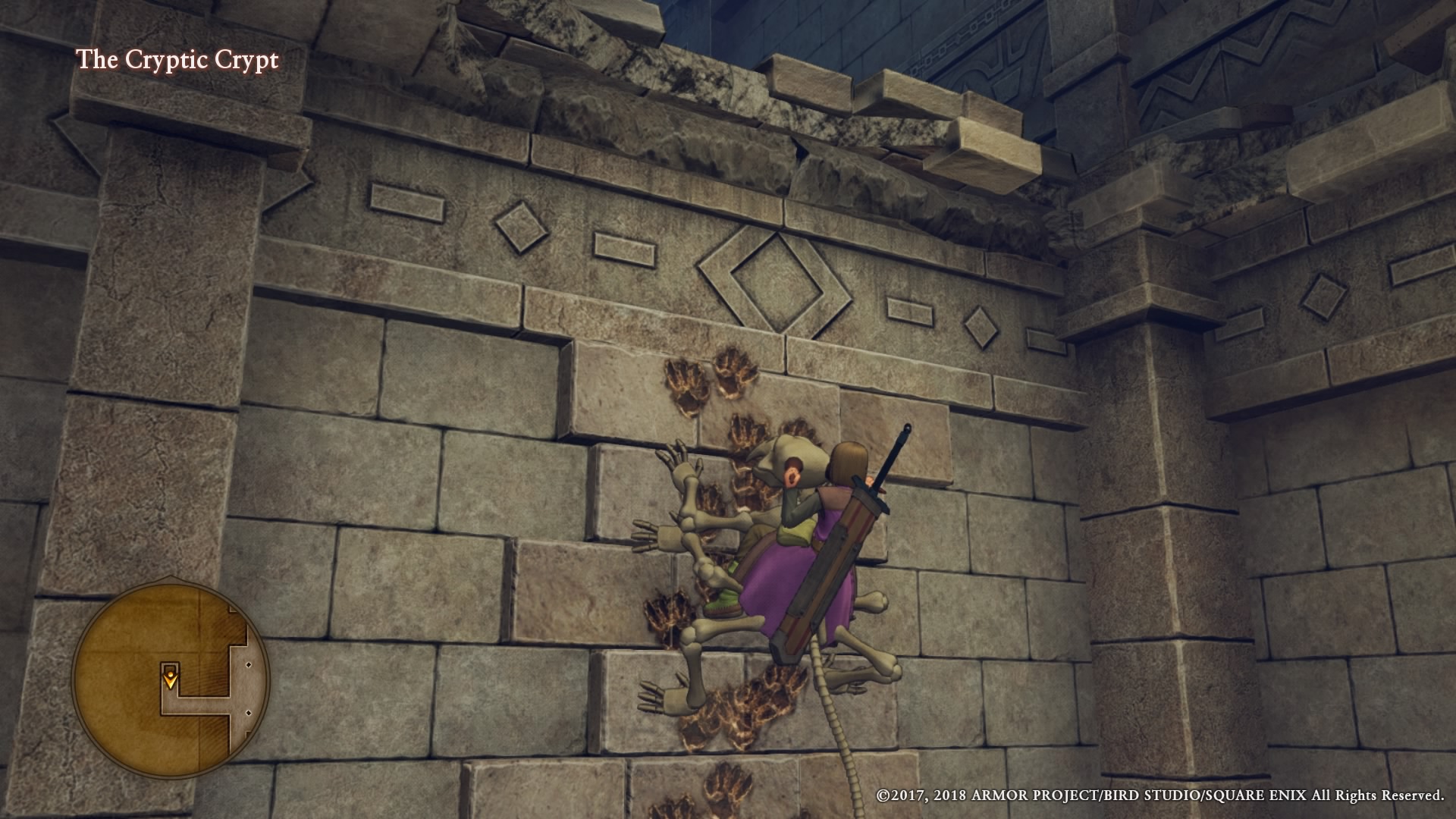
-
Dragon Quest XI Review #5
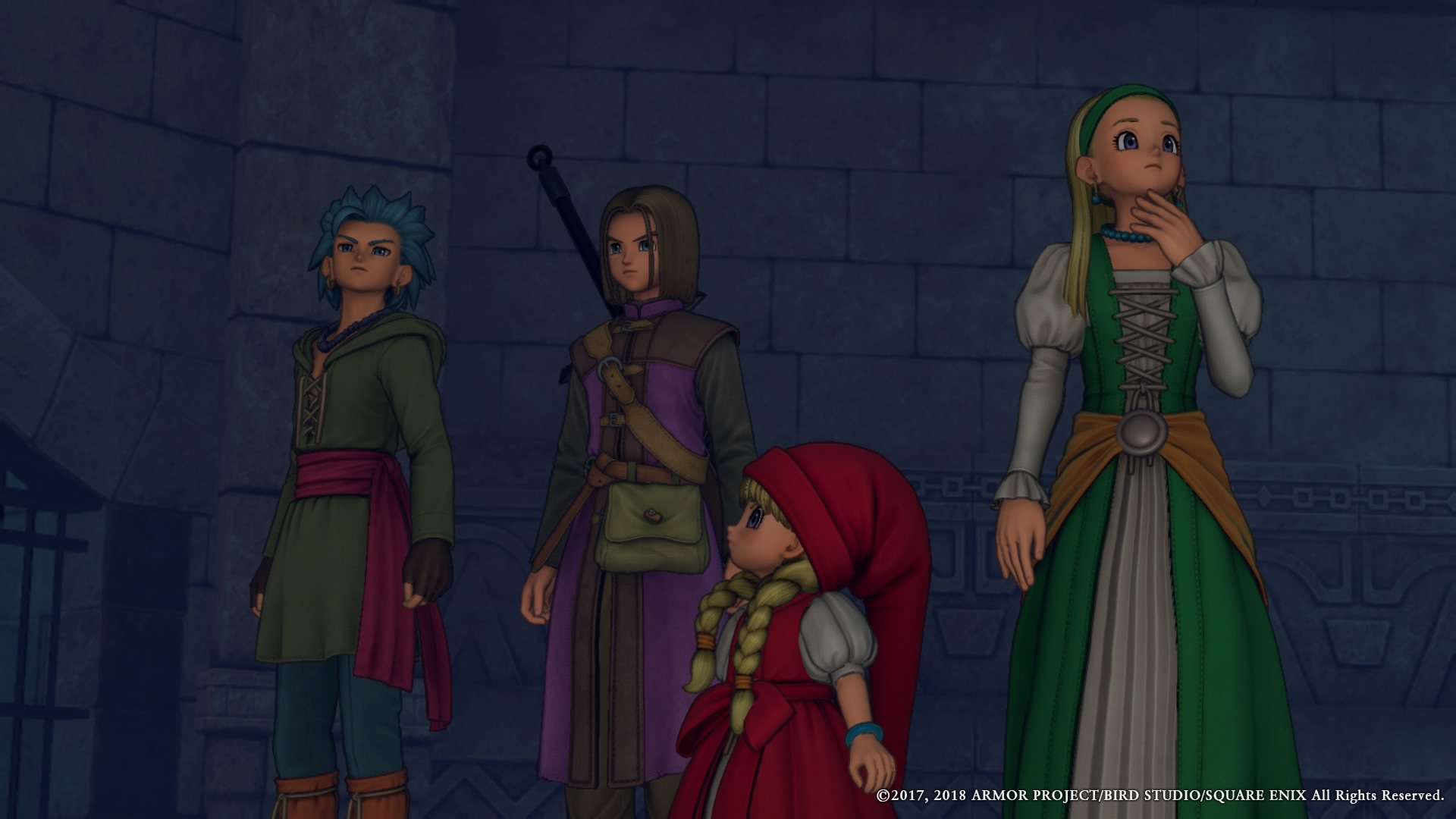
-
Dragon Quest XI Review #6

-
Dragon Quest XI Review #7
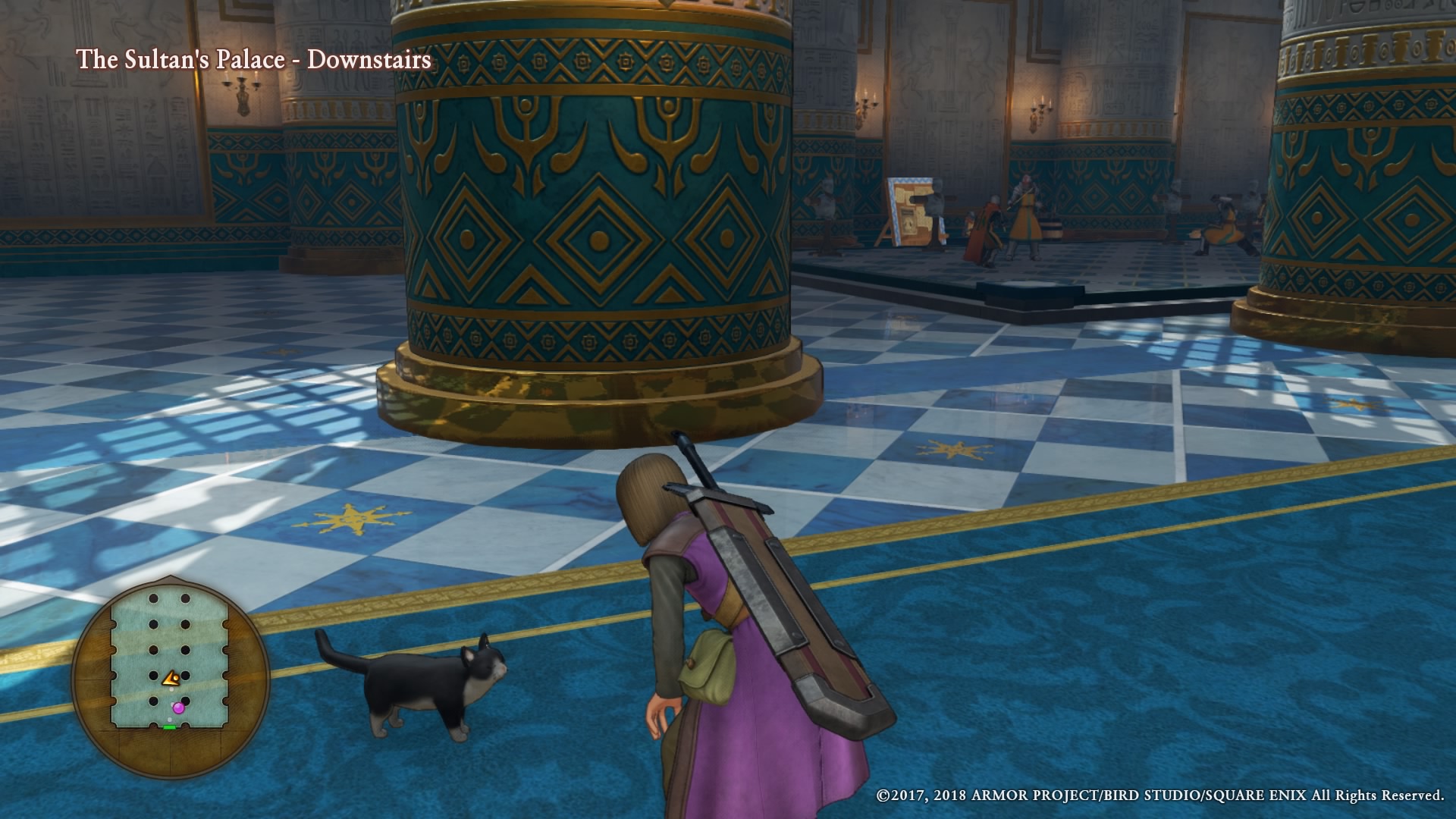
-
Dragon Quest XI Review #8
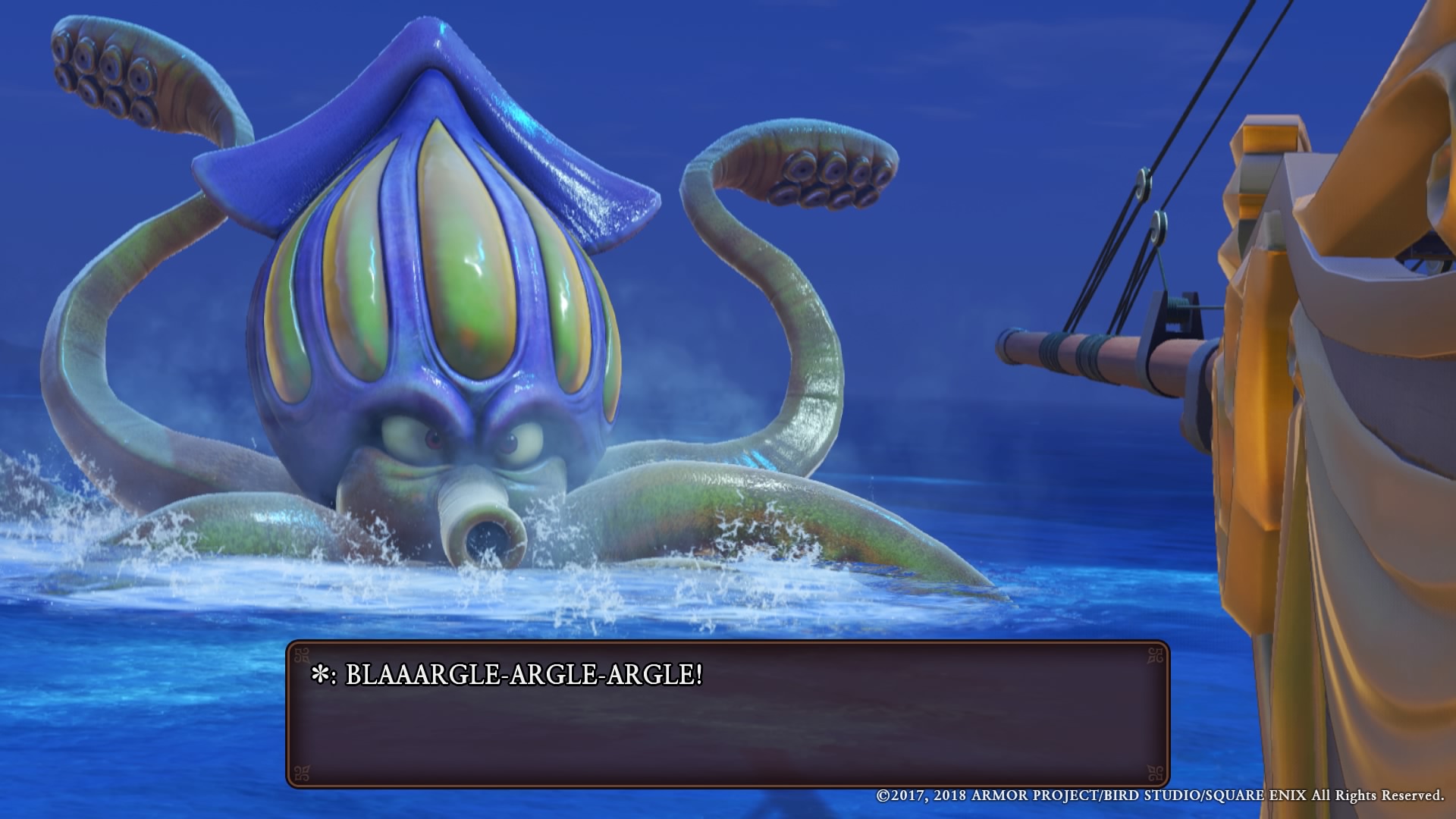
-
Dragon Quest XI Review #9
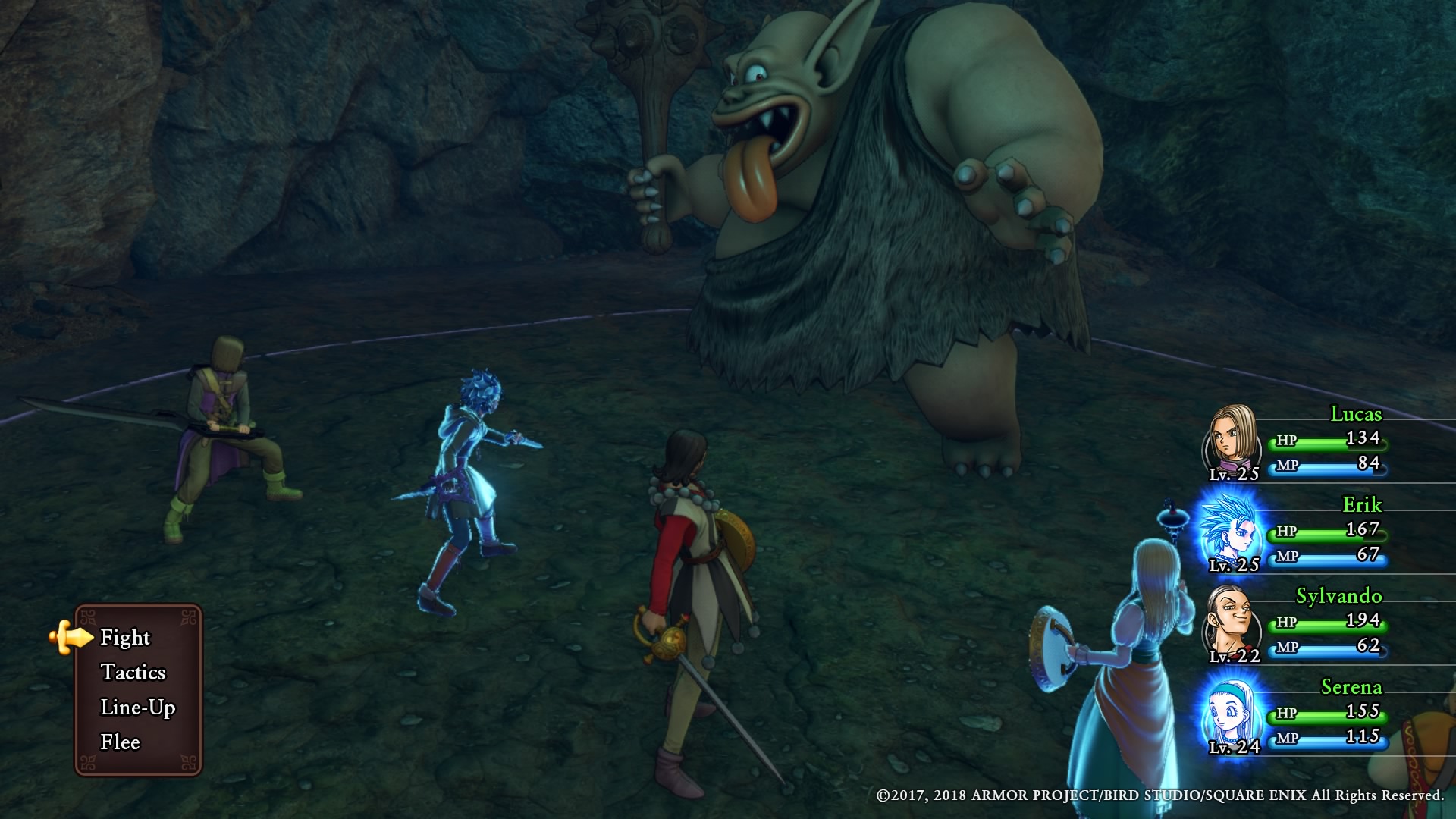
-
Dragon Quest XI Review #10
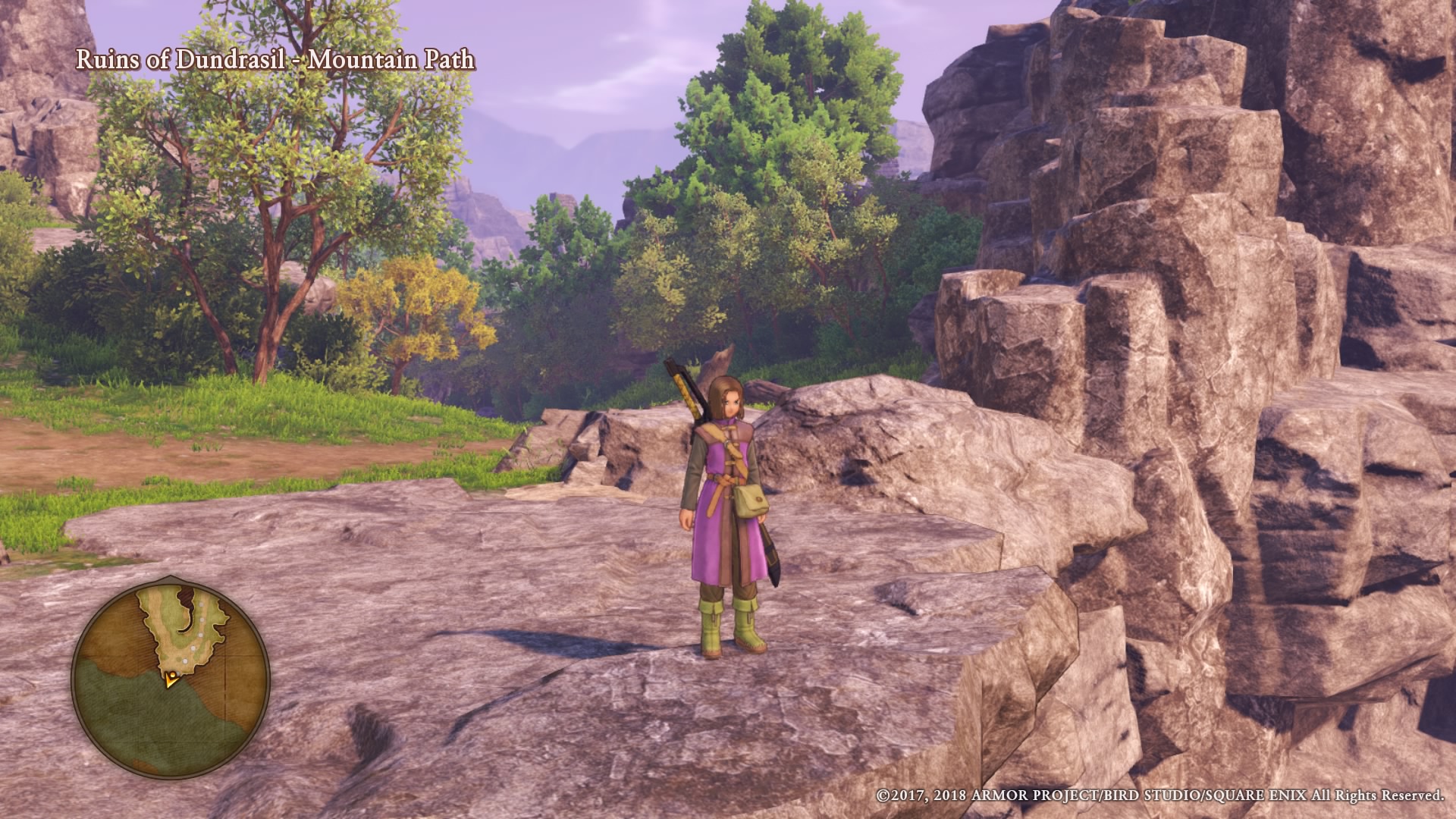
-
Dragon Quest XI Review #11
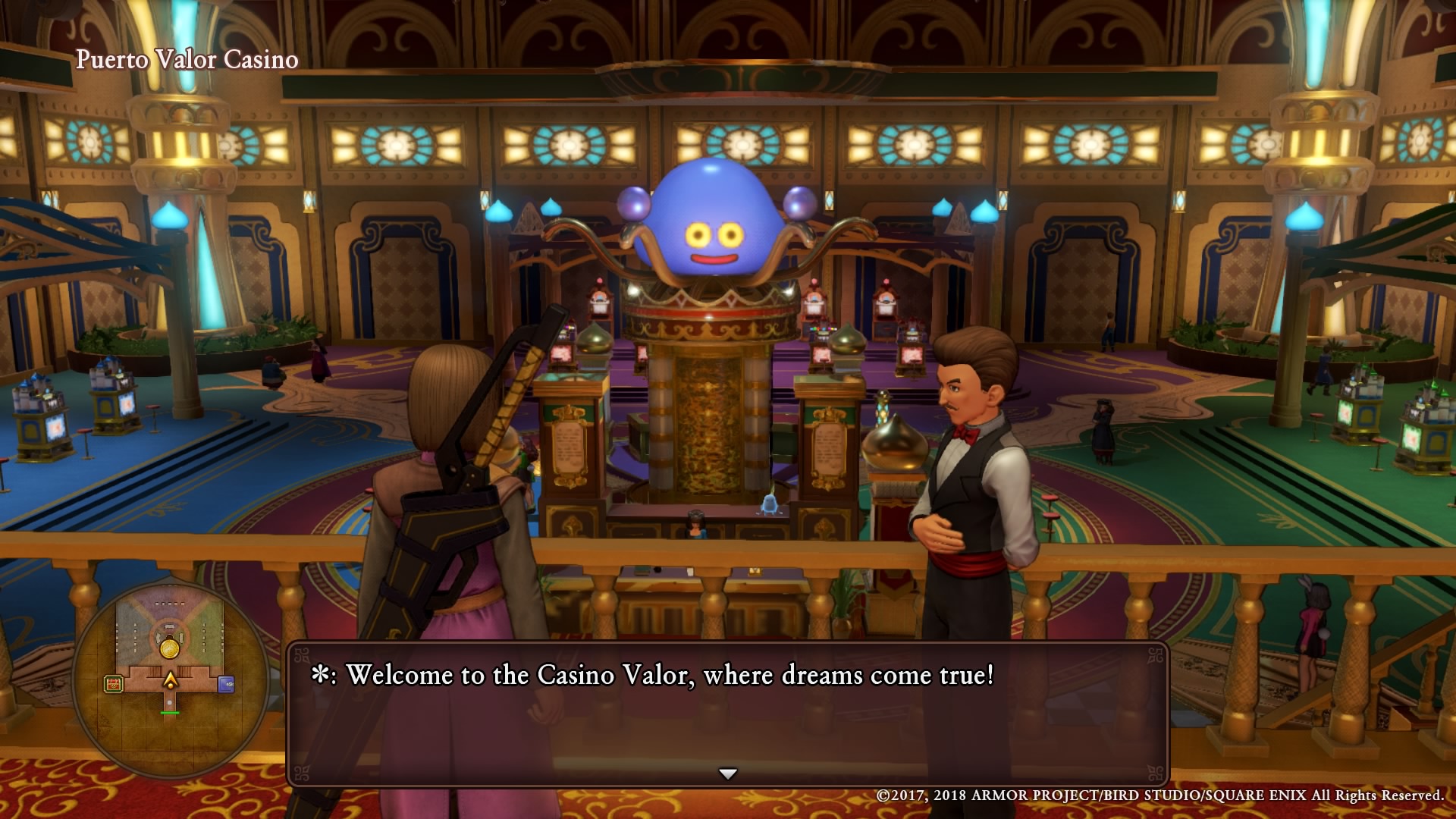
-
Dragon Quest XI Review #12
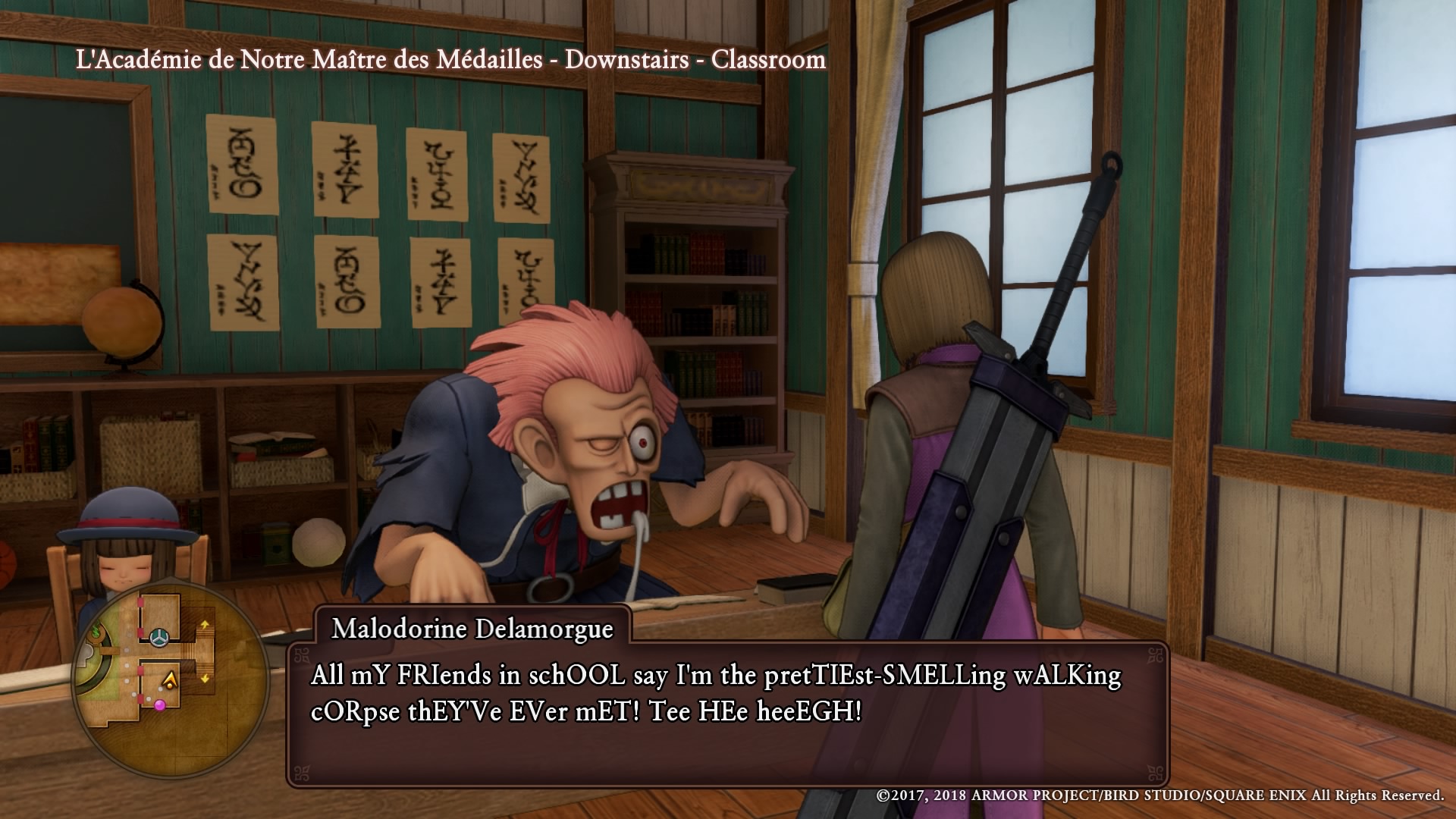
-
Dragon Quest XI Review #13
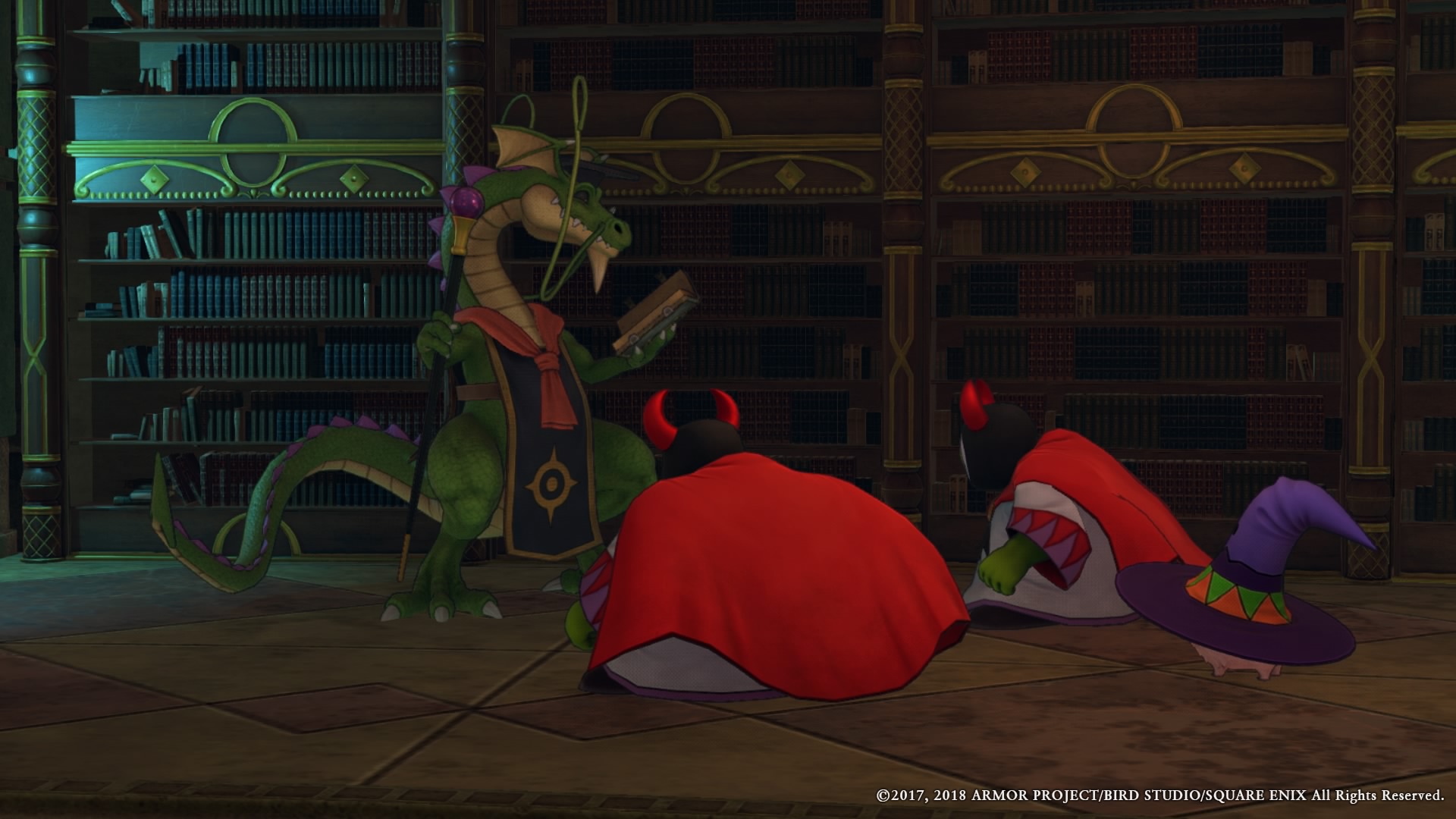
-
Dragon Quest XI Review #14
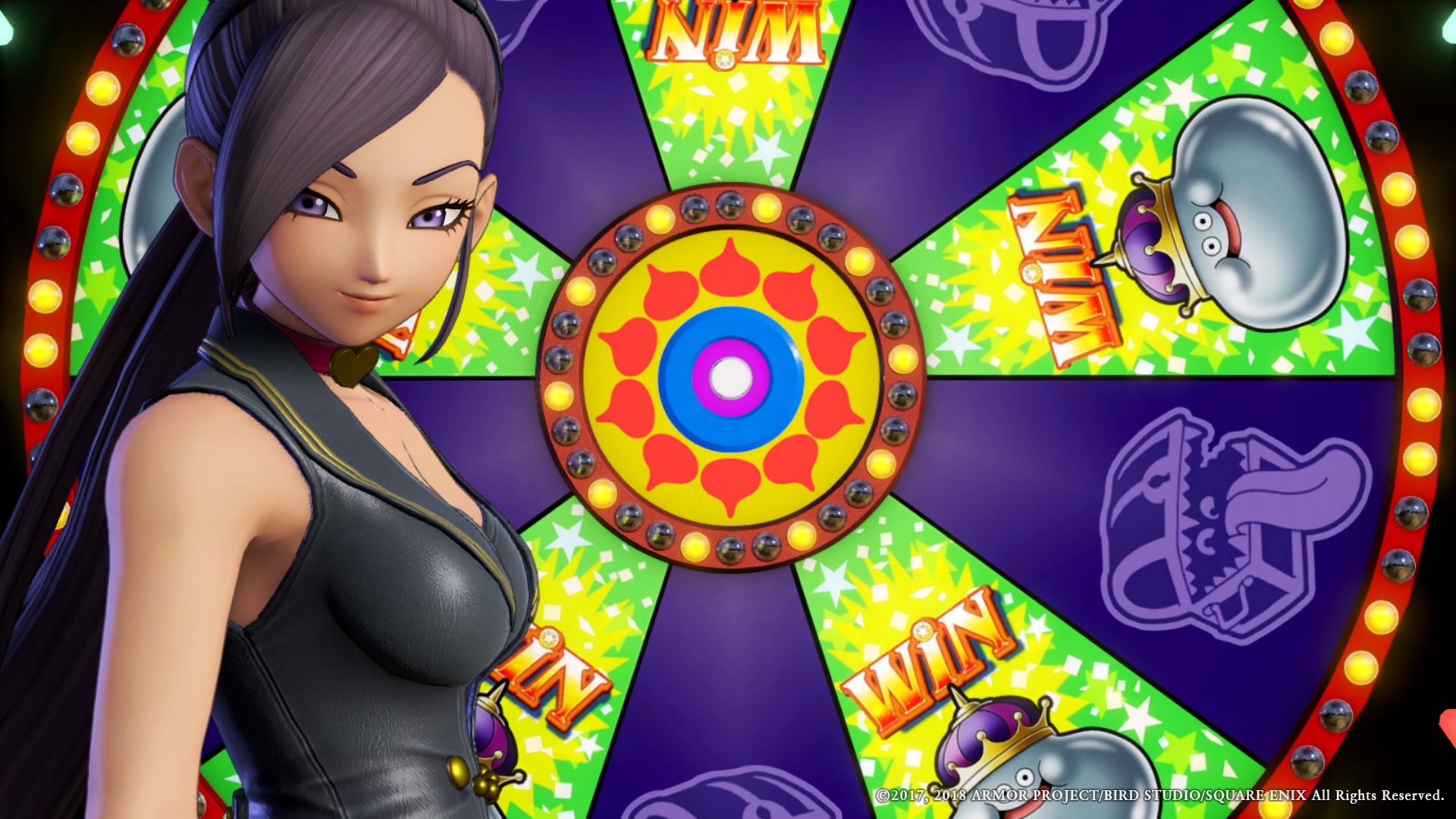
-
Dragon Quest XI Review #15
